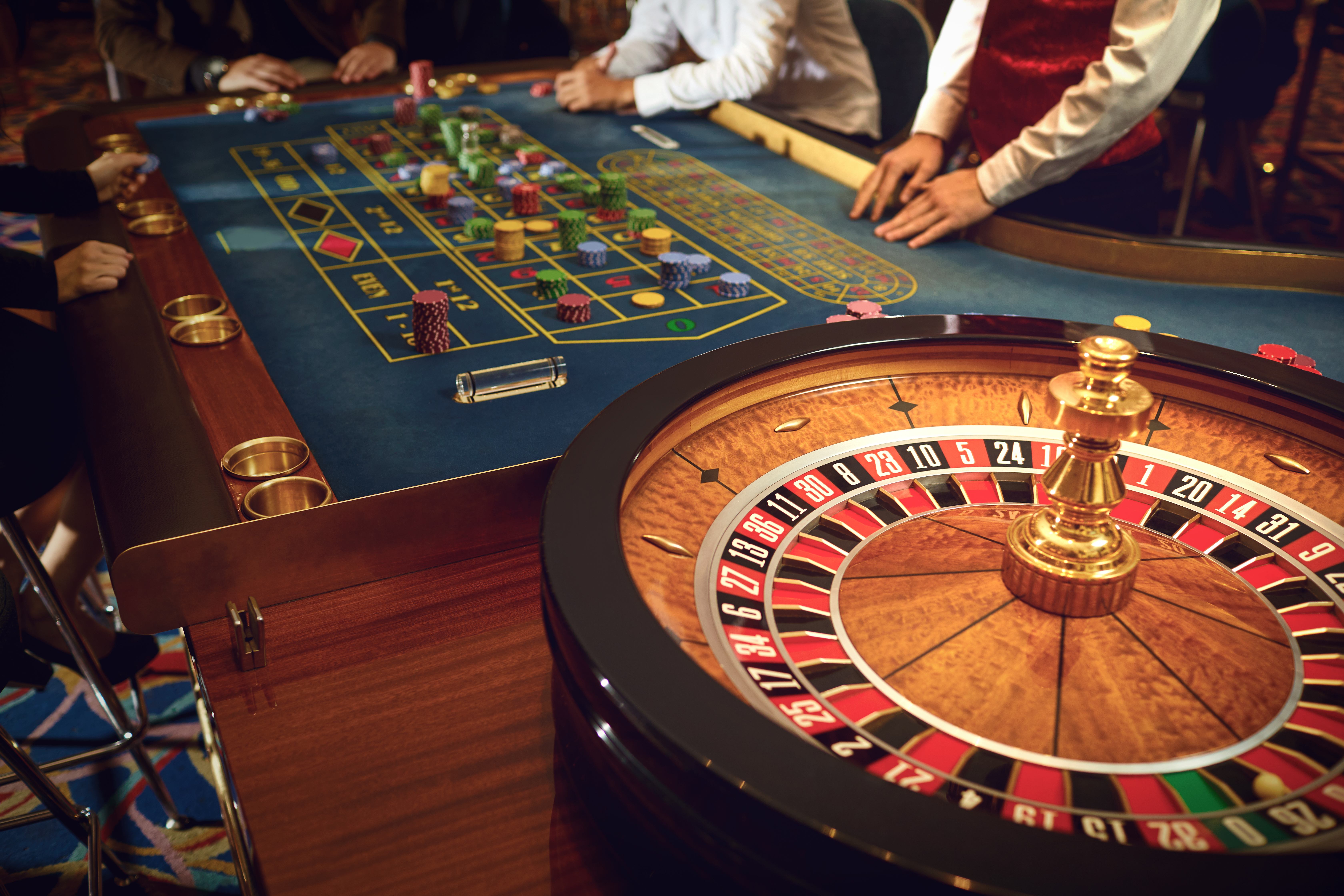
Within the world of gambling games, very few skills are as essential and mysterious as the skill of deceit. Mastering the skill to persuasively depict a fabricated narrative can be the difference between a small win and a transformational jackpot. Bluffing is not merely about deception; it involves a deep understanding of human psychology, strategy, and the dynamics of the tables. Whether you’re playing Texas Hold’em, Omaha, or various other popular variants, the nuances of bluffing can elevate your game and keep your opponents guessing.
As players gather around the table, the stakes escalate, and the tension thickens. It is in this charged atmosphere that the true mastery of bluffing emerges. Knowing when to set a trap, when to fold, and when to execute a strategic bluff requires an keen awareness of not only your own hand but also the behaviors and tendencies of your opponents. In this exploration of the art of bluffing, we will delve into techniques, psychological tactics, and the delicate interplay of risk and reward that characterize this fascinating aspect of casino games.
Grasping Feigning Techniques
Deception is a fundamental aspect of the game of poker that can turn the tide of a match in an instantaneous moment. It involves persuading your adversaries that you hold a stronger hand than you actually do. The key to effective deception is in the subtlety of your tactics. A well-executed bluff requires a comprehensive grasp of your rivals’ behaviors and the interactions of the table. Knowing when to bluff demands assessing the power of your hand and deciding if the danger is justified by the potential reward.
There are multiple strategies implemented by gamers to enhance their deceptive strategy. One popular method is the semi-bluff, where a player bets with a hand that is not at the moment the highest but has the capacity to get better. This approach allows players to build a pool while still maintaining the chance of a strong set in future rounds. Additionally, the time-honored saying "timing is everything" is accurate in the game. Bluffing at the correct times, such as when the table presents an unfortunate situation for your rivals, can make your bluff considerably believable.
Analyzing your opponents is an essential ability for any winning deceiver. Watch for indicators that show whether a player is self-assured or unsure. Subtle variations in posture, wagering patterns, and response times can provide crucial insights. Additionally, understanding the psychology of the game allows players to adjust their strategies. A powerful bluff not only depends on the cards in your grip but also on the context you develop throughout the game, encouraging your opponents to doubt their own decisions and decisions.
Psychological Aspects Behind Deception
Bluffing in the game of poker is primarily rooted in the mental dynamics of both the player who bluffs and the rival. At the core, bluffing takes advantage of the doubt and anxiety about losing that players experience. Successful bluffers recognize that their opponents are not just responding to the hand, but also to the perceived confidence and behavior of their rival. By displaying strength through bet sizes and physical cues, a player can manipulate their opponents into folding superior hands, taking advantage of the psychological pressure established in the moment.
Managing emotions is a crucial aspect of successful bluffing. Players must control their own feelings while also reading the reactions of their opponents. A good bluffer remains calm and collected, keeping away from any signs of anxiety or hesitation. This emotional stability helps to reinforce the story of strength they are trying to project. Conversely, opponents who sense fear or doubt are more likely to contest a bluff. Therefore, the ability to maintain calmness under pressure is a vital psychological skill for any successful poker player.
Understanding the opponent’s mindset is equally important in the craft of bluffing. Every player brings their own set of preconceptions, preferences, and backgrounds to the table, which can affect their decisions. A keen observer will evaluate their opponents’ styles of play and habits, making educated guesses about how they might react to a bluff. By tailoring their strategy based on these insights, bluffers can improve their success and increase the likelihood of achieving their intended outcome, highlighting the notion that effective poker is as much about psychology as it is about cards.
Case Studies of Famous Deceptions
A notable of the very notable bluffs in poker history occurred during the 1999 World Series of Poker final table featuring the legendary Phil Ivey. Confronting a formidable opponent, Ivey was holding an unimpressive hand while his rival seemed to have a robust set. With calculated confidence, Ivey threw all his chips into the pot, a move that created shockwaves through the table. His opponent, overwhelmed by the weight of Ivey’s reputation and the sheer force of the bet, ultimately folded, allowing Ivey to win the pot without having to show his cards. This moment exemplifies how a well-timed bluff can leverage mental pressure to achieve victory.
Another notable example occurred at the 2003 World Series of Poker, where amateur player Chris Moneymaker caused a fold from professional player Sam Farha. Moneymaker held a weak hand yet skillfully portrayed strength, culminating in a large bet on the river that had Farha questioning his own holding. The intensity at the table escalated as Moneymaker maintained a calm demeanor, leading Farha to critically evaluate the situation before choosing to fold a superior hand. This pivotal bluff not just marked Moneymaker’s rise to fame but also showed how a novice can outsmart seasoned professionals with the right mix of courage and strategy.
Finally, one of the most effective bluffs in tournament history can be attributed to Gus Hansen during the 2007 Aussie Millions Poker Championship. Hansen played with aggression, often using his image as a wild player to create doubt in his opponents’ minds. During a key hand, he found himself with a low pair against an opponent who had shown previous strength. By placing a massive bet that represented a strong hand, Hansen compelled his opponent into a tough decision. Nhà Cái Uy Tín After a lengthy deliberation, his rival folded, and Hansen revealed his weaker cards, demonstrating how a mixture of reputation and strategic bluffing can turn the tide in high-stakes situations.

